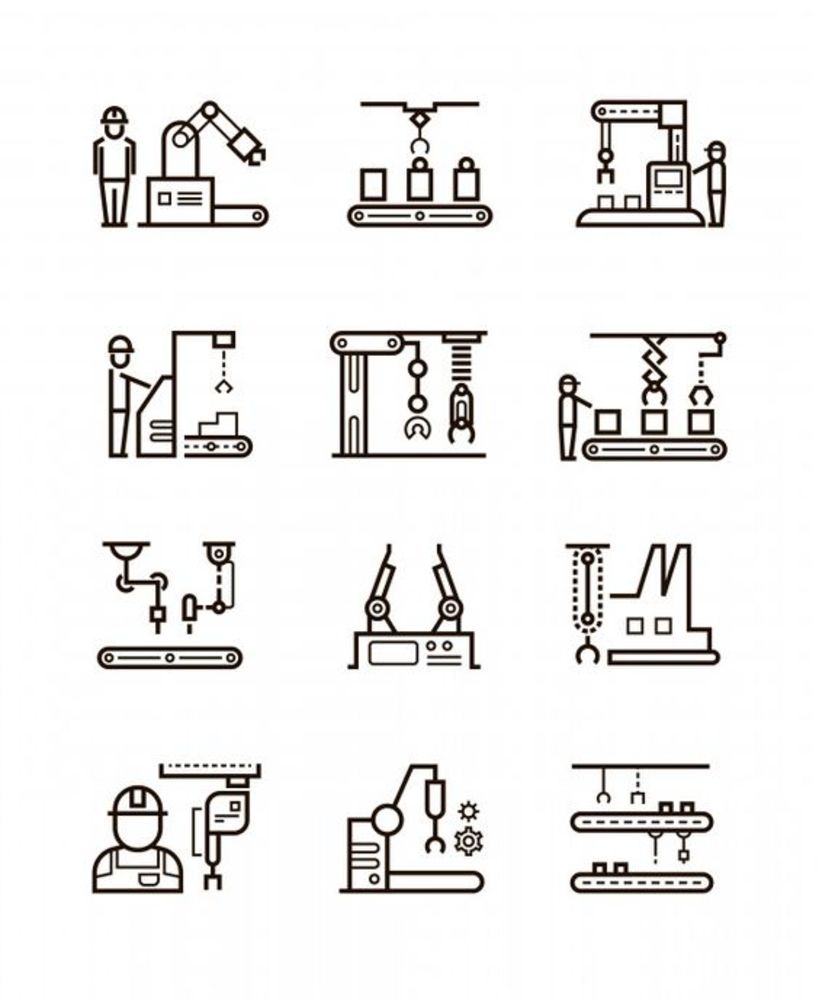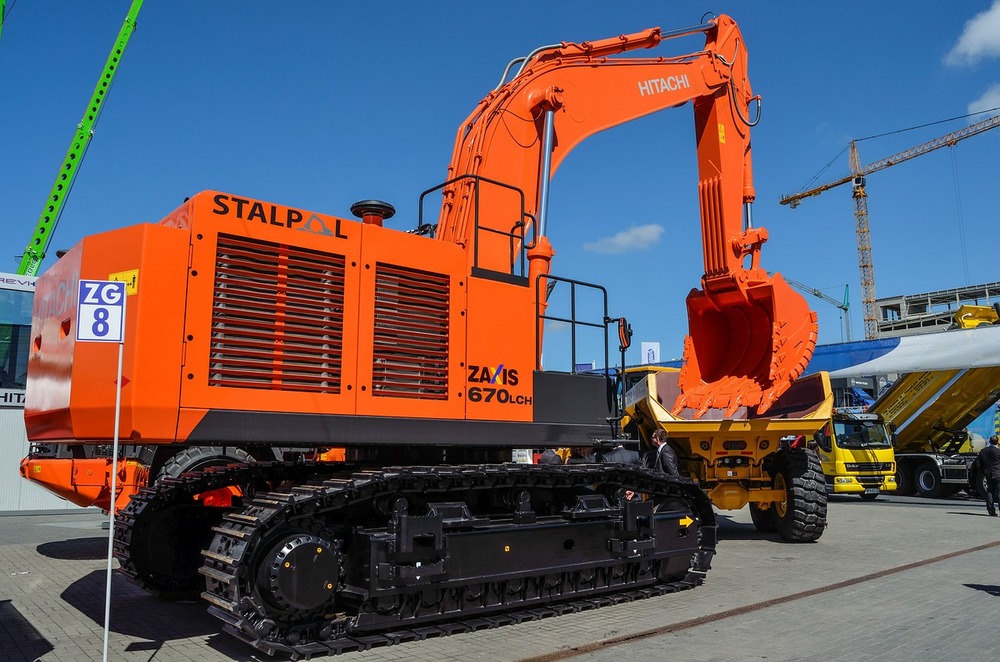We offer you and your projects’ partners a win-win solution based on a solid, long-lasting, fruitful relationship
You outsource the mundane & concentrate on what you do best
This article is part of a blog series, in which we discuss how the Internet of Things (IoT) and robotics will grow as well as the benefits and challenges of using them in the construction industry
The main benefits of using IoT are:
Using Smart technologies such as sensors, RFID tags, robots, building information modeling (BIM), and others will help to:
The construction industry is using a large workforce to complete repetitive tasks but has yet to fully embrace robotics, automation, and digital technologies to automate and streamline its processes.
Everybody in the industry is talking about IoT and robotics but very few firms are implementing these technologies. Those who have done it have seen a significant improvement in the following areas:
The IoT and robotics present some security issues that need to be managed carefully when introduced into your processes and more importantly on an ongoing basis:
Do not hesitate to invest in high-quality, secure devices that may be more expensive than cheap ones, coming from low-cost countries, as this will save you a lot of money and reduce risks considerably in the long term.

Let’s explore the advantages of robots and IoT in construction and civil engineering:
To improve your processes and quality delivery, you need to measure your activities. This means that you need to get access to the right information, at the right time, from anywhere to understand the reality of your operations. Where should you start?
Agility is a great competitive differentiator. To be agile you need to automate your processes. Robots and IoT are good tools to help your organization:
To manage and maintain your inventory, you may want to introduce location trackers into your robots, assets, and products.
To improve your quality control and site management, you can remotely monitor pressure, temperature, water, gas, and electricity in a timely manner. These measures will help you to maintain your assets and control your costs.
Connectivity and specialized platforms enable you to manage your data and objects easily with integrated business applications.
Find the appropriate devices that will minimize your efforts and maximize your outputs. To efficiently drive your strategies in competitive environments, you should introduce predictive maintenance processes at the design phase that will reduce cost, time, and money when in use or in construction:
With IoT and robotics, you can monitor the status of your assets in real-time and analyze your historical data. It will allow you to:
Security and safety on construction sites are paramount. The construction industry experiences theft, primarily of construction materials, due to a lack of security.
According to the National Equipment Register construction job site theft costs the industry up to $1 billion each year.
You can take simple security measures and use best practices to protect your construction sites but when you have expensive tools and equipment on site, robot drones are the safest tools to monitor security.
Nightingale offers a robotic aerial security service for building customers that provides:
The drone can inspect difficult-to-reach areas of a construction site, or where dangerous machinery is located, significantly reducing the potential risks of accidents to site workers.
Securing areas on a construction site can prevent unauthorized people from entering a work-restricted area. Drone imagery can help to locate a violation in the boundary of a confined site immediately, preventing illegal entry and potential accidents.
In maintenance work, inspecting sites with drones, rather than mounting electric poles, or walking alongside a busy road, can get images without putting your staff at risk.
The real value of IoT resides in data used to train your team on how you work. By making decisions in real-time and leveraging the data you have gathered from across your organization, you can generate substantial improvements in your business.
To continuously improve your operations, use the acronym CREDIT to establish your process, in which you should:
Chinese scientists say that by 2024 they will build a 590-foot-tall dam, at Yangqu, using AI, autonomous vehicles, and 3D printing without the need for human workers.
If and when it is completed, the ambitious project will be the world's tallest structure built using 3D printing processes. The building method could provide a blueprint for other construction projects, such as road construction.
Autonomous robots in construction reduce manual tasks and secure:
At the end of the life cycle of a building, you will have to demolish it. Demolition mobile robots are all about:
Demolition robots are designed to hit hard small spaces. They are appropriate to break through building materials and are used as breakers, crushers, drills, and buckets to:
Exosuits are very useful on construction sites. They are made of metal, multiplying the muscle strength of the bearer, and duplicating his/her internal skeletal structure.
The exoskeleton will help its user lift heavy objects without effort, reducing potential injuries and improving quality and safety.

Companies within the construction support industry are small, which restricts their ability to invest in technologies. Funding programs from governments and collaborative partnerships with IoT and robot suppliers should be put in place to mitigate that risk.
Unfortunately, despite all the advantages of using robots and the IoT in construction, it is not without challenges:
Buying robots and IoT devices can be expensive, but in the long run they are very cost-effective, making the return on investment worth going for it.
Manual workers are afraid to be replaced by robots, as manual processes will be eliminated. Robots and the IoT will assist the workforce but will not replace them.
Robots coupled with the IoT can perform several repetitive tasks or a single task at a time, but they require new programming skills and retraining of the workforce to control them.
It is essential to maintain your robots and devices so they can function efficiently. Maintenance is expensive and must be carefully planned.
The uncertainty of a return on investment, training costs, and equipment maintenance are all barriers to smooth implementations.
The adoption of robots and IoT devices in the construction process involves multiple parties and requires collaboration between several stakeholders.
Standards and processes must be redefined when you introduce robots and the IoT. New processes will require new skills to operate the technologies.
Common best practices need to be redesigned to successfully adapt to the new changes and deliver growth.
Unclear separation of responsibilities amongst stakeholders and legal shortcomings adds to the complexity.
Information and data exchange are prone to threats raising multiple IT security concerns relating to data privacy and data protection.
To increase efficiency in the supply chain, you need a solid system that is integrated with your BIM and management software.
The system should include IoT and robots to help you to:
The integration of digital technologies like robots and IoT in your processes will help you to automate and systemize your operations, helping you to implement the right measurements to:

In the construction industry, the opportunities to use robots and the IoT are endless. For example, it can be used for:
Automation, IoT, robotics, and civil engineering have changed the way people work and think in the construction industry.
Adoption of automation and robotics technology has:
Construction is ripe for transformation using digital tech, and companies that don’t act quickly could risk being left behind.
Small and medium-sized companies’ inability to invest in technologies restricts the development of new technologies in the construction industry. To overcome this issue, governments should provide support for these implementations through funding programs and collaborative partnerships.
Standards and processes through the implementation of ISO 19650 are redefining and improving the construction technical environment.
Best practices require redesigning processes continuously to successfully adapt to the new changes and enhance growth.
Legal concerns and security in Information and data exchange are prone to threats, so IT security should be taken very seriously to protect data privacy and data accuracy.
Driving Vision's technology appraisal looks at the best way to insert new technology in your workflows and how to move your organization to cloud computing so you can open new possibilities for your daily planning tasks and make sure your data never leaves the optimally secured data center.
A Driving Vision expert will conduct the interviews online and will discuss with you the report and our findings. Together we will decide the best way to implement the solutions at your pace and according to your budget.
Implementing BIM can be daunting, but Driving Vision is here to help you at the pace you are comfortable with. Get started by getting in touch now
We act as your BIM coordinator
We Support your BIM IT
We Train & Coach you
We Innovate in Technology
We offer you and your projects’ partners a win-win solution based on a solid, long-lasting, fruitful relationship
You outsource the mundane & concentrate on what you do best
